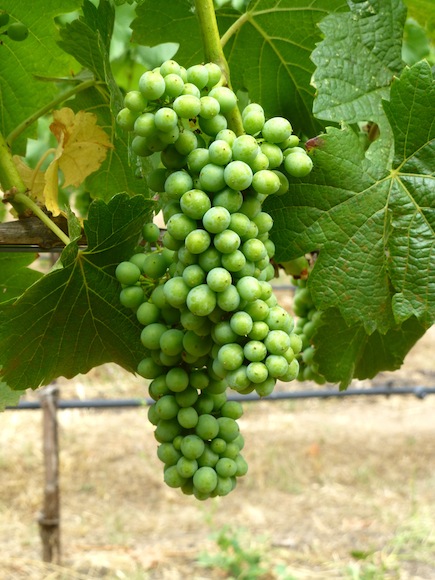
As I sit here in October I’m reflecting on the year and trying to determine additional changes to make for 2014. I have been tracking milestones in the vineyard to determine if I can predict the harvest date early in the year…and it looks like with 2 years worth of data I can (so far).
Year 2013 2012 Difference
Bub Break 3/5 3/20 -15
Veraison 7/8 7/21 -13
Harvest 9/11 9/23 -12
Brix Adjustment 23.5 23.0 -3
Brix Adjusted Harvest -15
Growing Degree Days 2000 1786 -14
Wow…back in March I could have predicted the harvest date in September! Better yet…if I track Growing Degree Days throughout the year it will let me get an idea of the harvest date early…all this is assuming no big heat spikes!
One last item….back in April last year I predicted 2.75 tons of grapes based on a simple formula of pounds per grape and we came in at 2.61. Not bad….for 2014 I’m going out on a limb and predicting 4.2 tons.

















